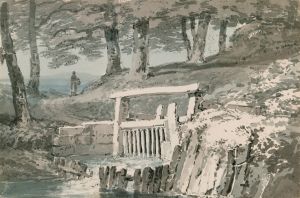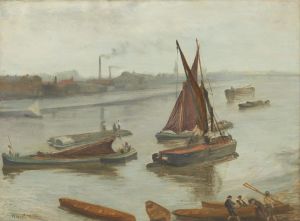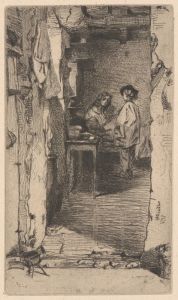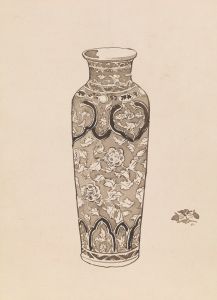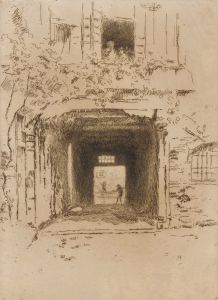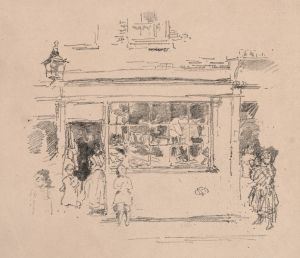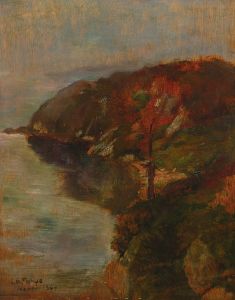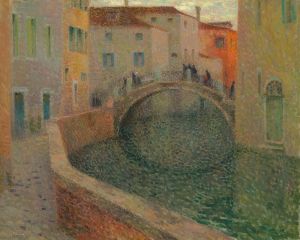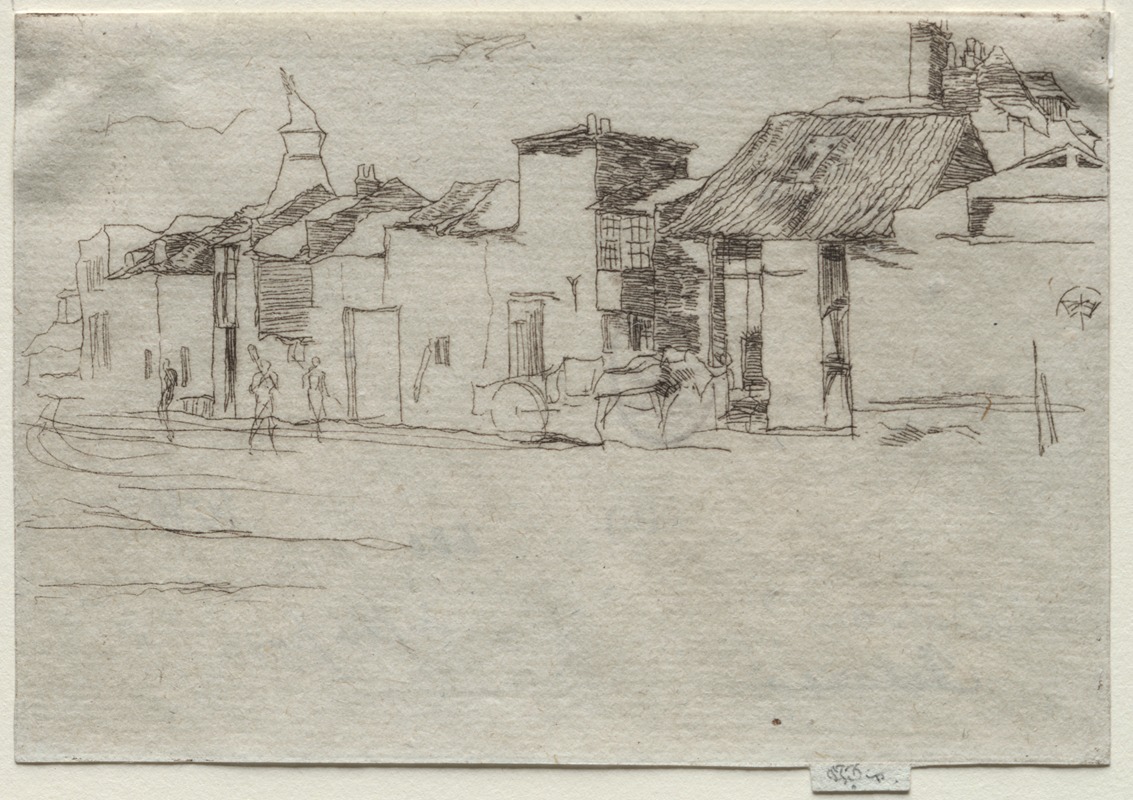
The Swan, Chelsea
A hand-painted replica of James Abbott McNeill Whistler’s masterpiece The Swan, Chelsea, meticulously crafted by professional artists to capture the true essence of the original. Each piece is created with museum-quality canvas and rare mineral pigments, carefully painted by experienced artists with delicate brushstrokes and rich, layered colors to perfectly recreate the texture of the original artwork. Unlike machine-printed reproductions, this hand-painted version brings the painting to life, infused with the artist’s emotions and skill in every stroke. Whether for personal collection or home decoration, it instantly elevates the artistic atmosphere of any space.
James Abbott McNeill Whistler was an American artist known for his significant contributions to the art world during the late 19th century. He was a proponent of the Aesthetic Movement, which emphasized the visual and sensual qualities of art and design over practical, moral, or narrative considerations. Whistler is best known for his paintings, etchings, and lithographs, and his work often focused on subtle tonal variations and the harmony of color.
"The Swan, Chelsea" is one of Whistler's lesser-known works, and unfortunately, there is limited information available about this specific painting. Whistler spent a significant portion of his career in London, particularly in the Chelsea neighborhood, which was a hub for artists and intellectuals during the Victorian era. Chelsea's picturesque scenery and vibrant cultural scene provided ample inspiration for Whistler's work.
Whistler's style was heavily influenced by his belief in "art for art's sake," a principle that suggests the intrinsic value of art lies in its beauty and form rather than any didactic or moral message. This philosophy is evident in his approach to painting, where he often focused on mood and atmosphere rather than detailed narrative content. His works are characterized by their subtle use of color and innovative compositions, often drawing comparisons to musical arrangements.
While specific details about "The Swan, Chelsea" are scarce, it is likely that the painting reflects Whistler's interest in capturing the essence of a scene through minimalistic and harmonious compositions. Whistler often used a limited color palette and soft brushwork to create a sense of tranquility and balance in his paintings. His works frequently depicted the Thames River and its surroundings, which were central to the Chelsea area.
Whistler's influence extended beyond his paintings; he was also known for his sharp wit and controversial public persona. He famously engaged in a libel lawsuit against art critic John Ruskin, who had disparaged Whistler's work. The trial brought significant attention to Whistler and highlighted the growing tension between traditional art critics and the emerging avant-garde movement.
Despite the lack of detailed information about "The Swan, Chelsea," Whistler's broader body of work continues to be celebrated for its innovative approach to composition and color. His contributions to the Aesthetic Movement and his impact on the development of modern art remain significant. Whistler's legacy is preserved in numerous collections worldwide, and his work continues to be studied and appreciated for its unique blend of beauty, subtlety, and artistic vision.






